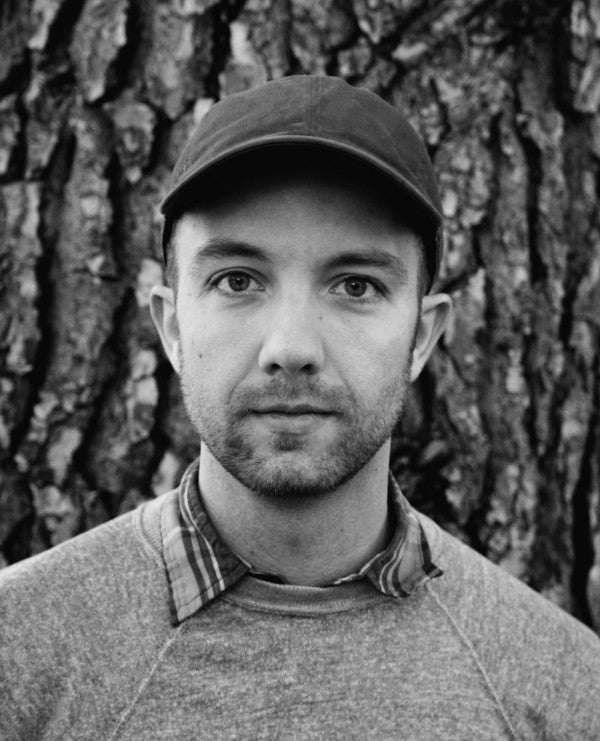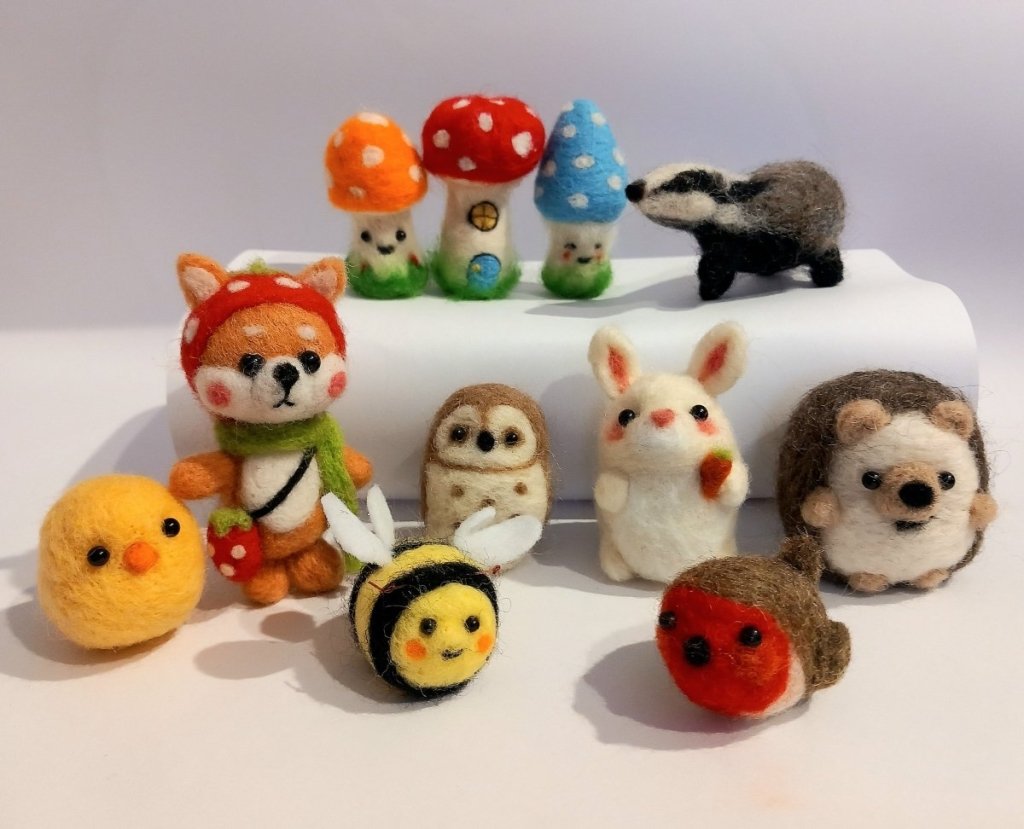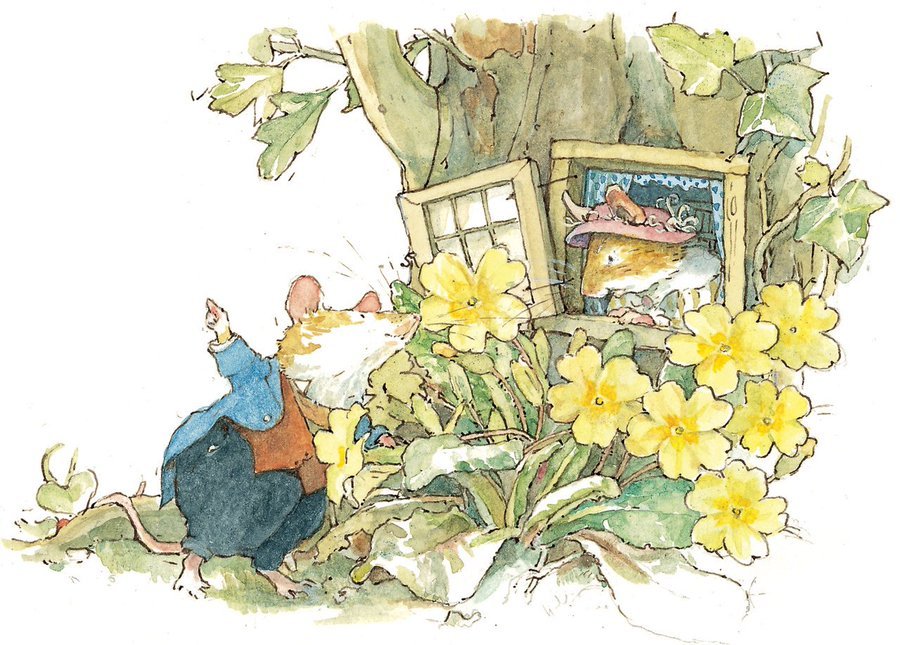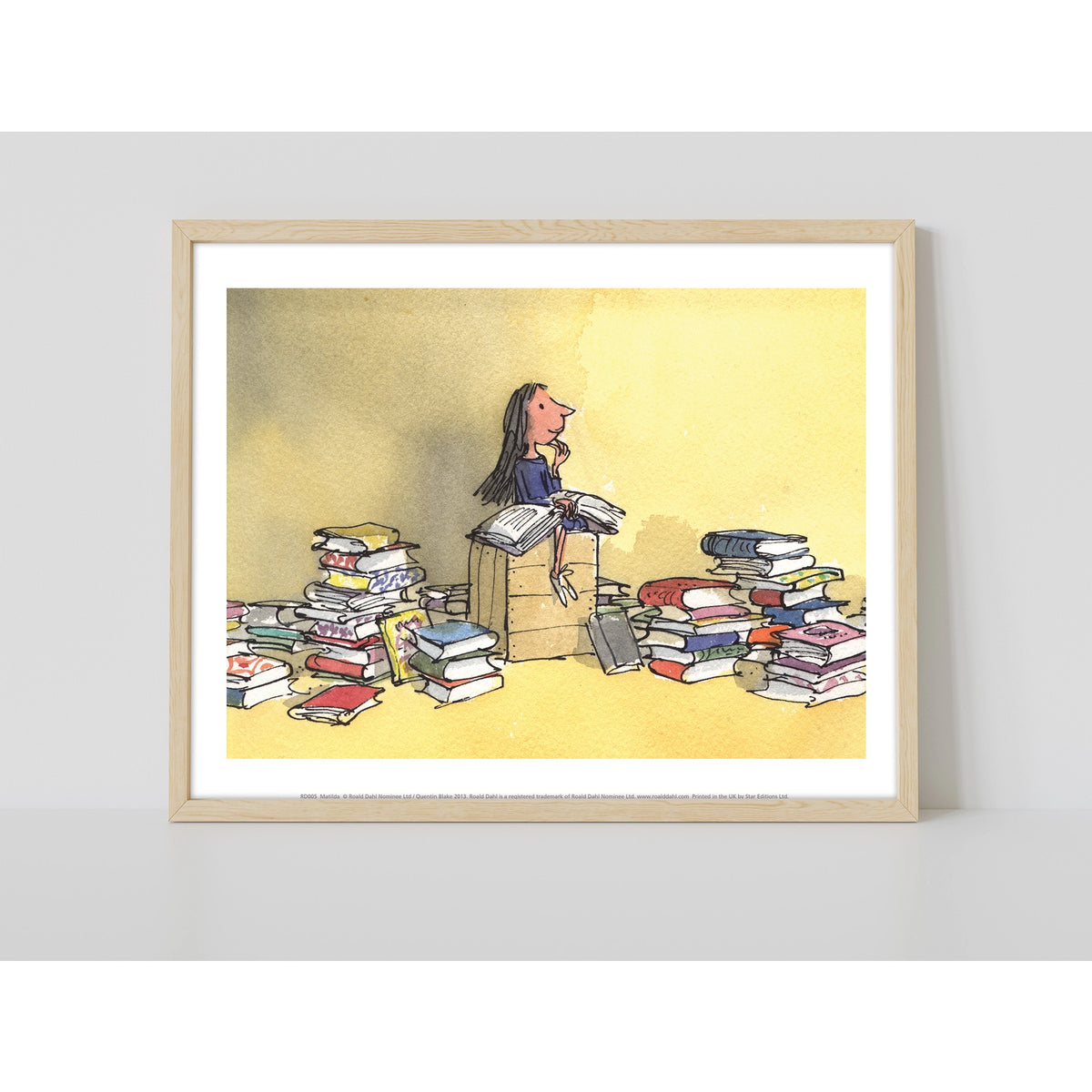Illustrator of the Month: Jon Klassen

This week we’re beginning a series of blog posts that will focus on some of our favourite illustrators, their lives and their works. This is a chance to learn more about who illustrated your favourite books, the influences that shaped their art style and storytelling, and some of their lesser known projects.
We begin with a firm favourite among kids and adults alike, a relative newcomer to the scene but one whose books have already become classics. It’s the amazing Jon Klassen!
Klassen is best known for his ‘hat trilogy’; I Want My Hat Back, This Is Not My Hat and We Found a Hat, and for his collaborations with writer Mac Barnett; Extra Yarn, Sam and Dave Dig a Hole, and the newest addition, Triangle. Klassen is recognisable for his clean and minimal illustration style, using ink and watercolour textures to create defined shapes and strong designs. His characters usually remain very still but are very expressive, their eyes often giving away their intentions and emotions. As a writer he’s known for his deliciously dark sense of humour. This sense of humour is unusual in children’s books and is one of the ingredients that makes him so loved by grown up children as well as little ones!
The road to picture books is paved with good intentions
Jon Klassen was born in Canada and grew up in Niagara Falls and Toronto. He studied animation and moved to L.A. after graduation, where he now lives and works. Before moving into picture books Klassen worked as an animator on films including Coraline and Kung Fu Panda. His illustration work received international recognition when he won the Governor General’s Award for his work on Carolyn Stutson’s Cat’s Night Out. But it was the release of his first book as author and illustrator, I Want My Hat Back, in 2011 that really made his name. In a blog for 'Picture Book Makers' Klassen said that he has always enjoyed the stillness in drawing inanimate objects: “I like a story that allows the viewer to wander around a little bit and find it on their own”. This is exemplified in his illustrations for Ted Kooser’s House Held Up By Trees, where it is the house and not the people that is the main focus of the story.
However in the same blog Klassen explained how this preference for drawing inanimate objects paradoxically led to creating one of his most recognisable characters. He was asked to design some greeting cards for Red Cap cards, and when he sent them sketches of chairs and inanimate objects they asked if he could draw some characters instead. He eventually sent back “a series of animals wearing birthday hats and holding balloons, but their faces and poses made them look, to me, like they had no idea what a birthday was and didn’t really care. I was excited by this approach. It made me laugh, and it got me off the hook”.

From Red Cap cards
The animals on this card are recognisable to anyone who has read I Want My Hat Back, especially the bear in his signature red hat. This was the beginning of something glorious.
The movies and the pictures
Klassen’s background as an animator has shaped his approach, both in his design preferences and in the limitations he saw in his own practise. His books are notable for their brilliant pacing and comic timing, and he has found his ultimate form in the picture book. The experience of reading the best picture books feels like something between watching a film and reading a book. Not having a background in writing meant Klassen felt unsure of himself when making I Want My Hat Back, his first book as both writer and illustrator. However it’s these limitations he saw in his own skill set that have worked to the benefit of the book and made it so unique. Because he was uncomfortable writing narration as a non-writer, he stripped back all lines to simple dialogue. And because of his emphasis on the visual, the lines are not in inverted commas but in different colours for each character, meaning that nothing stands in the way of the reader “hearing” the voices of the characters. The language is stiff and straightforward because Klassen wanted the animals to feel awkward saying their “lines”. They also often look at the reader as if they are bad actors looking at a camera. Unlike illustrators such as Quentin Blake, whose expressiveness comes from bold dashes and messy lines of movement, Klassen finds expression in stillness. The animals’ deadpan faces and awkward stances make the high stakes game of a bear seeking retribution for a hat stolen by a rabbit seem even funnier.
We Found A Hat, the last in the hat trilogy, goes even further with the filmic effect. It is divided into 3 parts: Part One: Finding the Hat, Part Two: Watching the Sunset, and Part Three: Going to Sleep. It’s easy to imagine an ad break or interval in between the parts, adding to the anticipation and suspense before we turn the page. As is common in Klassen’s books, the animals’ eyes are a focal point leading the action. When two turtles discover a hat, they seem to be on the same page about leaving it behind. After all it is just the one hat, and they are two turtles. But when one of the turtles is shown looking back at the hat at the end of Part Two, (the only word on the page being "nothing" makes it seem as if these turtles could be in a Samuel Beckett play), we realise that all is not as it seems. There is trouble afoot.
One thing Klassen plays with brilliantly is the contradiction between what the image is saying and what the text is saying. He told ‘Art of the Picture Book’:
“If they're being read to by an adult, I feel that the pictures are the kids’ territory. So if the pictures give out some information that the text doesn’t, there's a secret from the person reading it or maybe even from the person who wrote it”.
When children are being read aloud to, they can stop and question what is being said in words versus what they can see in pictures. This makes the books more interactive and gives children a sense of pride and cleverness, which is one of the ingredients to his success with kids as well as grown ups. In I Want My Hat Back and This Is Not My Hat, this interplay between text and image allows us to tell when the devious animals are lying. In Sam and Dave Dig A Hole, it’s used more subtly to create an eerie open ending to the story when Sam and Dave arrive “home”, to a place ever so slightly different to the one they started out in.
The writer and the illustrator
As well as working on his own projects as a writer and illustrator, Jon Klassen has collaborated with many people to illustrate their stories. He has a recurring collaboration with Mac Barnett, a great children’s book writer in his own right. Their first book together, Extra Yarn, was published in 2012, and its follow up, Sam and Dave Dig A Hole, was conceived during a chat over breakfast. It’s easy to tell that there is a close relationship between the writer and illustrator here, as the words and images in this book are not completely separate entities but playfully interact with each other. The shapes of words play into the tumbling motion as Sam and Dave fall down the hole in the final pages.
Klassen’s latest collaboration with Barnett is Triangle, another tale populated by devious creatures. Only this time they’re not animals, but shapes. Klassen’s love of landscape drawing shines through here. This book gives him the scope to create layered panoramas of shapes as Triangle runs from his triangular home to Square’s square one.
Image from Triangle, from Jon Klassen’s tumblr.
Klassen collaborated with the poet Ted Kooser, on House Held Up By Trees. This story was inspired by a real-life house Kooser saw, but Klassen recently tweeted that he deliberately didn’t look at the photo when he was designing the house. (Do yourself a favour and follow him on Twitter and Instagram, he is always sharing process and archive shots and his wry sense of humour transmits very well to social media!) He has said that when researching something, he likes to look at it just once and then work from memory, so that his sources don't influence the finished product too much. In an interview with ‘Art of the Picture Book’, he speaks about his guilt that he never kept sketchbooks as an animation student, and how he approaches other artists’ work as inspiration. Because he did not have a natural impulse to draw from life in a sketchbook, like his classmates who sketched people on the subway and in coffee shops, Klassen’s style is rooted less in anatomy and accuracy and more in impression and mood. He used the artist David Hockney’s coloured pencil drawings as inspiration during Sam and Dave Dig a Hole, but says that his memory of Hockney’s work was more important to him than anything he could get from constantly referencing and trying to mimic it.
 De Longpre Ave. Hollywood by David Hockney from hockneypictures.com
De Longpre Ave. Hollywood by David Hockney from hockneypictures.com
Klassen-ian tragedy
Klassen's work is beautiful from a design and illustration perspective but what really sets him apart are his stories. Like all great children's writers, he doesn't speak down to children and he understands their sense of humour and unique outlook on the world. His books are not as dark as some by writers like Maurice Sendak or Tomi Ungerer, but they retain a fairytale grimness that is the basis for a lot of our most well-known stories. Characters are often eaten, but the gory details are left off page and merely alluded to, like the action that happens offstage in a Shakespearean tragedy. Morality is a grey area here and there are no hard and fast heroes and villains. We find ourselves rooting for a thieving fish in This Is Not My Hat and in the final pages of I Want My Hat Back the double-crossed bear who has been the victim all along insists, “I would never eat a rabbit”. Do we believe him?
Children love reading books again and again, and picture books are designed for this. But when someone like Jon Klassen uses the form to its utmost advantage, adults will also find something new to enjoy every time.
Explore our full range of Jon Klassen books here.
Photo of Jon Klassen by Autumn Le' Brannon.









